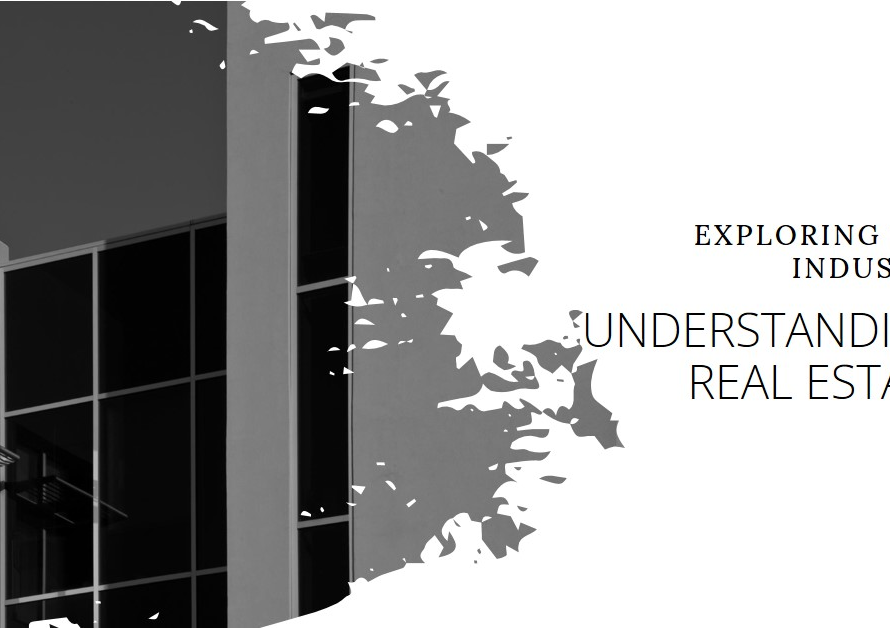
Table of Contents
Introduction:
As we stand on the cusp of a new era driven by technological advancements, the field of architecture finds itself at a crossroads. With the emergence of Artificial Intelligence (AI) and its myriad applications, there arises a pertinent question: is the future of architecture threatened by AI? In this exploration, we delve into the intersection of these two realms, dissecting the potential implications, challenges, and opportunities that lie ahead.
The Rise of AI in Architecture:
Artificial Intelligence has swiftly infiltrated various sectors, revolutionizing traditional practices and methodologies. In architecture, AI is heralding a paradigm shift, offering architects a plethora of tools to enhance design processes, optimize resource utilization, and streamline decision-making. From generative design algorithms to predictive analytics, AI-powered technologies are augmenting the capabilities of architects, enabling them to conceive innovative solutions to complex challenges. Moreover, AI-driven tools facilitate iterative design processes, empowering architects to explore a myriad of possibilities and refine their visions with unprecedented precision and efficiency.
Challenges on the Horizon:
Despite the promises of AI, the integration of technology into the realm of architecture presents its own set of challenges and complexities. One of the primary concerns pertains to the displacement of traditional roles within the profession. As AI assumes tasks traditionally performed by architects, there is a looming fear of job redundancy and deskilling. Moreover, the reliance on AI-driven solutions raises ethical dilemmas regarding data privacy, algorithmic bias, and the commodification of design. Additionally, there exists a palpable apprehension regarding the erosion of creativity and the homogenization of architectural expression in a landscape dominated by algorithmic decision-making.
Navigating Ethical Considerations:
As architects navigate the terrain of AI integration, ethical considerations loom large on the horizon. It is imperative for professionals to uphold ethical standards and ensure that AI-driven interventions prioritize human-centric design principles. Transparency in algorithmic processes, equitable access to technology, and safeguarding user privacy emerge as paramount concerns in the ethical discourse surrounding AI in architecture. Moreover, architects must actively engage in dialogues surrounding the responsible use of AI, advocating for regulatory frameworks that mitigate risks and uphold ethical imperatives.
The Human Touch: Balancing AI with Creativity:
While AI offers unprecedented computational power and analytical capabilities, it is crucial to acknowledge the indispensable role of human creativity in the architectural process. The symbiotic relationship between AI and human ingenuity necessitates a nuanced approach that fosters collaboration rather than competition. By leveraging AI as a tool for augmenting human creativity, architects can harness its potential to push the boundaries of innovation and realize visionary designs. Furthermore, the integration of AI affords architects the opportunity to focus on higher-order tasks that require intuition, empathy, and contextual understanding qualities that remain quintessentially human.


Cultivating Innovation through Collaboration:
In the era of AI-driven design, collaboration emerges as a cornerstone for fostering innovation and pushing the boundaries of architectural practice. Architects, technologists, and other stakeholders must converge in interdisciplinary dialogues to co-create solutions that transcend disciplinary boundaries. By fostering a culture of collaboration, architects can harness the collective intelligence of diverse perspectives, catalyzing the emergence of novel approaches and breakthrough innovations. Furthermore, collaborative endeavors enable architects to harness the full potential of AI by integrating domain-specific expertise with computational prowess, thereby enriching the creative process and expanding the horizons of architectural possibility.
Empowering Architects for the Future:
As the architectural landscape undergoes profound transformations propelled by AI, it becomes imperative to equip architects with the requisite skills and competencies to thrive in this new paradigm. Continuous learning and professional development emerge as linchpins for navigating the evolving technological landscape. Architects must embrace a growth mindset, embracing emerging technologies as enablers rather than disruptors. Moreover, educational institutions and professional bodies play a pivotal role in fostering a culture of lifelong learning, providing architects with access to training programs, resources, and mentorship opportunities that empower them to harness the potential of AI in their practice.
Embracing Resilience and Adaptability:
In an age of rapid technological advancement and disruptive change, resilience and adaptability emerge as indispensable virtues for architects seeking to thrive in the face of uncertainty. Embracing a mindset of resilience entails cultivating the capacity to pivot, iterate, and evolve in response to shifting paradigms and emerging challenges. Architects must remain agile in their approach, continually innovating and adapting to harness the transformative potential of AI while safeguarding the core values of their profession. By embracing resilience and adaptability, architects can navigate the complexities of the evolving architectural landscape with confidence and purpose.
Conclusion:
The future of architecture stands at the nexus of human creativity and technological innovation, with AI poised to reshape the very fabric of the built environment. While the integration of AI presents unprecedented opportunities for enhancing design processes and catalyzing innovation, it also poses profound challenges that demand thoughtful consideration and proactive engagement. By embracing collaboration, ethical stewardship, and a mindset of resilience, architects can chart a course towards a future where AI serves as a catalyst for realizing visionary designs that enrich the human experience and shape the world for generations to come.



